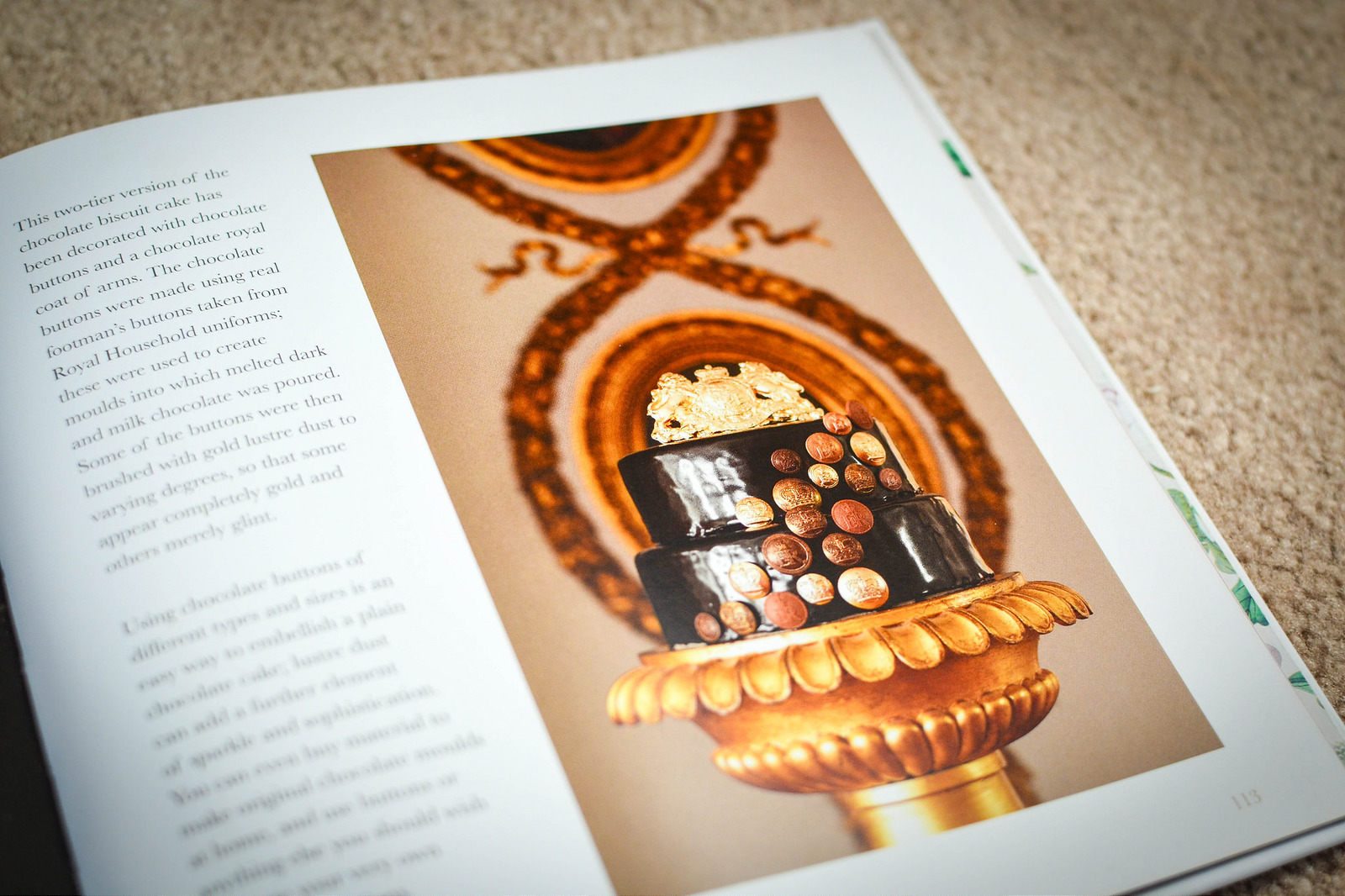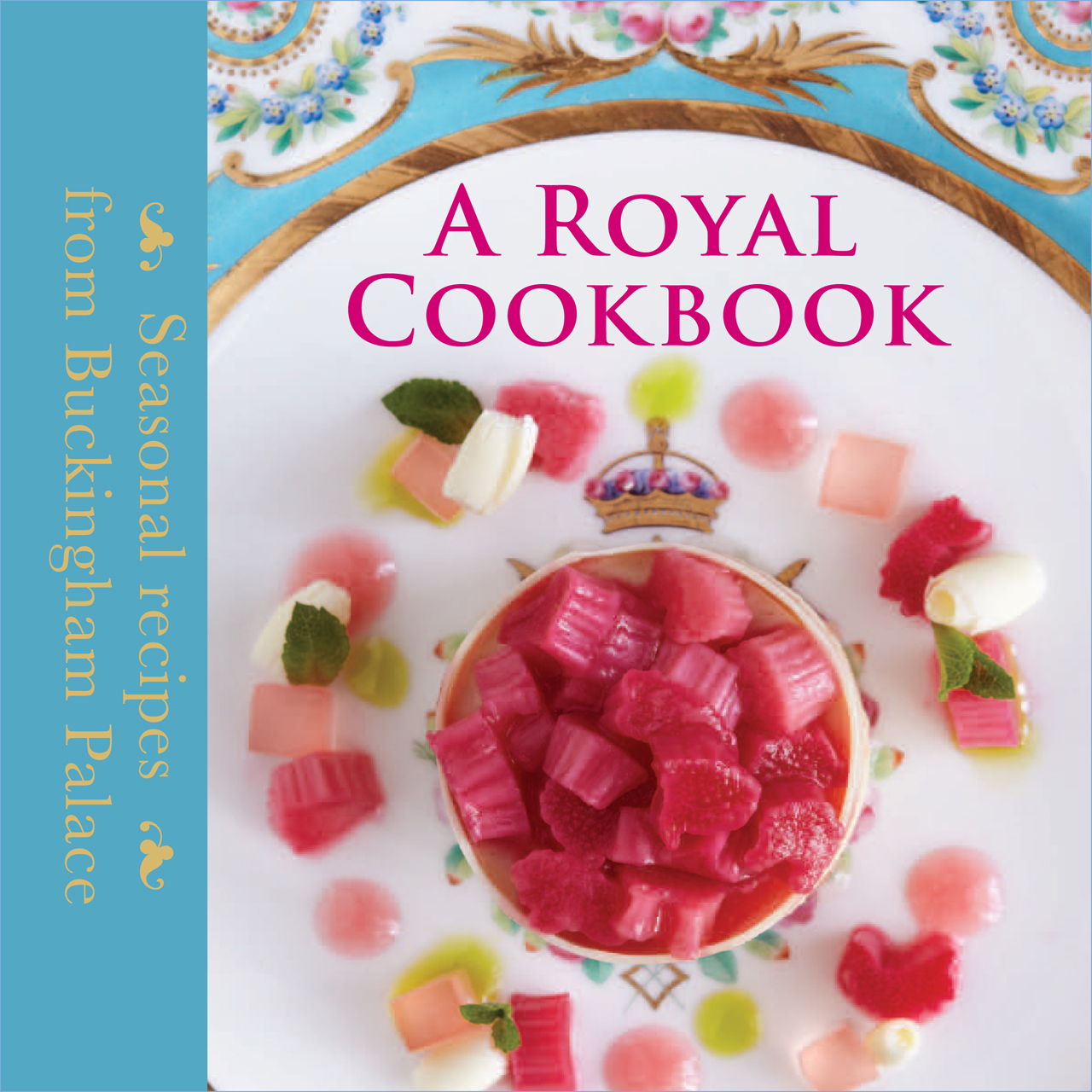Royal Recipe Collection
Royal Recipe Collection: Imagine stepping into the kitchens of kings and queens, where history unfolds in every dish. This collection isn’t just about recipes; it’s a journey through culinary traditions, social hierarchies, and the enduring legacy of royal kitchens.
From ancient empires to modern times, royal cuisine has shaped the culinary landscape. We’ll explore the evolution of royal recipes, the secrets behind their preparation, and the impact they’ve had on our food culture. Get ready to uncover the stories behind the dishes, the techniques that defined royal kitchens, and the social significance that elevated them beyond mere meals.
Historical Significance of Royal Recipes: Royal Recipe Collection

Royal recipes offer a captivating glimpse into the lives and tastes of those who have held power for centuries. They are not just culinary creations; they are historical artifacts that reflect cultural influences, social hierarchies, and the evolution of food traditions across different eras and cultures.
The Evolution of Royal Cuisine, Royal recipe collection
Royal cuisine has evolved alongside the changing tides of history. From the opulent banquets of ancient Egyptian pharaohs to the refined French court cuisine of the 17th and 18th centuries, royal kitchens have been at the forefront of culinary innovation.
In the Middle Ages, royal kitchens in Europe embraced spices and exotic ingredients, reflecting the influence of trade routes and cultural exchanges. The Renaissance saw a shift towards lighter, more delicate flavors, with an emphasis on seasonal ingredients and elegant presentation.
The Impact of Royal Kitchens on Culinary Traditions
Royal kitchens have had a profound impact on culinary traditions, influencing not only the tastes of the elite but also shaping the development of cooking techniques and ingredients. The standardization of recipes, the use of specialized equipment, and the rise of professional chefs all owe their origins to the kitchens of royalty.
- The invention of the French culinary technique “mise en place” – a system of organizing ingredients and equipment before cooking – is attributed to the kitchens of the French royal court.
- Royal kitchens also played a crucial role in the development of new cooking techniques, such as poaching, braising, and roasting, which were later adopted by cooks and chefs across Europe.
Examples of Historical Royal Recipes
Throughout history, royal recipes have been passed down through generations, offering a window into the culinary preferences of the past.
- A recipe for “Roast Goose with Apples and Onions,” found in a 15th-century English cookbook, reflects the medieval fondness for rich flavors and seasonal ingredients.
- The “Crème brûlée,” a classic French dessert, is believed to have originated in the kitchens of Louis XIV, showcasing the French royal court’s penchant for elegant and delicate flavors.
Royal Recipes and Culinary Practices
Royal recipes are not merely about ingredients; they are also about the meticulous techniques and traditions that define royal culinary practices.
Key Ingredients and Techniques
Royal recipes often feature rare and expensive ingredients, reflecting the wealth and status of those who enjoyed them.
- Spices like saffron, cinnamon, and cloves were prized commodities in ancient times, and their presence in royal recipes was a symbol of wealth and power.
- Game meats, such as venison and pheasant, were often served at royal banquets, reflecting the privileges of hunting and access to exclusive resources.
Royal kitchens also employed sophisticated techniques to enhance the flavors and presentation of dishes.
- The use of “roux,” a mixture of butter and flour, was a common technique in royal kitchens, creating rich sauces and gravies.
- The art of “glazing,” where a thin layer of sugar or syrup is caramelized on the surface of a dish, was another technique used to elevate the presentation of royal desserts.
The Role of Royal Chefs
Royal chefs were highly skilled professionals who were entrusted with the responsibility of preparing meals for royalty.
- They were often trained in prestigious culinary schools and held positions of considerable authority within the royal household.
- Royal chefs were responsible for not only creating exquisite dishes but also ensuring the safety and quality of the food served to royalty.
The influence of royal chefs extended beyond the royal kitchens.
- They often shared their knowledge and techniques with other cooks and chefs, contributing to the development of culinary trends throughout Europe.
- The popularity of certain dishes or techniques, such as the “French Escoffier” method of cooking, can be traced back to the influence of royal chefs.
Presentation and Dining Etiquette
Presentation and dining etiquette were crucial elements of royal dining.
- Royal banquets were elaborate affairs, with elaborate table settings, silverware, and glassware.
- Strict rules of etiquette governed the way food was served and consumed, reflecting the importance of social hierarchy and decorum.
Royal Recipes and Social Status

Royal recipes were not simply culinary creations; they were also symbols of social status and power.
The Connection Between Royal Recipes and Social Hierarchy
Access to certain ingredients and culinary skills was often a reflection of social status.
- The ability to prepare dishes using rare or expensive ingredients was a privilege reserved for the wealthy and elite.
- The mastery of sophisticated cooking techniques, such as “mise en place” or “glazing,” was a mark of culinary expertise and social standing.
Recipes Reserved for Royalty
Some recipes were specifically reserved for royalty, reflecting their unique status and privileges.
- In ancient Egypt, the pharaohs enjoyed dishes made with exotic ingredients like spices and exotic fruits, which were not readily available to the common people.
- In medieval Europe, royal banquets often featured game meats, such as venison and pheasant, which were considered delicacies reserved for the nobility.
Modern Interpretations of Royal Recipes
In recent years, there has been a renewed interest in royal recipes, with contemporary chefs reviving and reinterpreting these historical culinary creations.
Contemporary Chefs and Royal Recipes
Many contemporary chefs have drawn inspiration from royal recipes, using modern techniques and ingredients to create innovative and exciting dishes.
- Chef Daniel Humm, known for his Michelin-starred restaurant Eleven Madison Park in New York City, has created a modern interpretation of the classic French dish “Coq au Vin,” incorporating his own unique culinary style and techniques.
- Chef Alice Waters, a pioneer of the farm-to-table movement, has revived traditional recipes from the kitchens of the French royal court, using seasonal and locally sourced ingredients.
Modern Techniques and Ingredients
Modern chefs have incorporated modern techniques and ingredients into their interpretations of royal recipes.
- The use of molecular gastronomy techniques, such as spherification and emulsification, has allowed chefs to create new textures and flavors, while staying true to the spirit of the original recipes.
- The availability of global ingredients has expanded the culinary possibilities for chefs reinterpreting royal recipes.
Traditional vs. Modern Interpretations
| Traditional Recipe | Modern Interpretation |
|---|---|
| Roast Goose with Apples and Onions (Medieval English) | Roast Goose with Apple-Sage Stuffing and Caramelized Onions (Modern American) |
| Crème brûlée (French Royal Court) | Lavender-Infused Crème brûlée with Honeycomb (Modern French) |
Final Thoughts
As we delve into the Royal Recipe Collection, we discover that these recipes are more than just instructions; they’re a window into the past, a reflection of power and prestige, and a testament to the enduring influence of culinary artistry.
From the intricate details of presentation to the unique ingredients that were once reserved for royalty, every recipe holds a story waiting to be told. So, join us on this culinary journey as we explore the history, the techniques, and the legacy of these remarkable dishes.




Post a Comment for "Royal Recipe Collection"